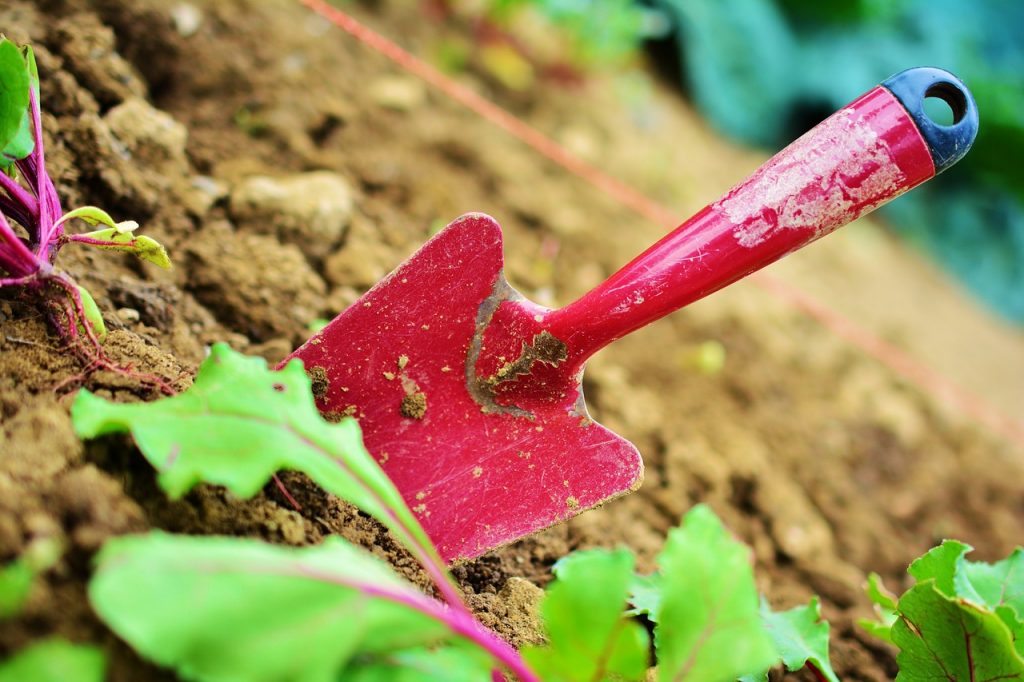
Modern urban and suburban lifestyles are plagued by high fat diets, sedentary lifestyles, and increased levels of stress. However, being around nature may decrease the bad effects of modern, urban lifestyles. Recent studies show that daily contact with nature can have positive impacts that include improvements in depression and anxiety symptoms, improved measures of diabetes and obesity, and decreased heart disease. Recent studies also suggest that daily contact with nature does not require a vigorous hike through the woods.
A recent meta-analysis, a powerful type of study that rigorously analyzes existing scientific literature on a topic, found many, significant health benefits from gardening (defined as, “an activity in which people grow, cultivate, and take care of plants (flowers and vegetables) for non-commercial use”. This meta-analysis included studies done in the U.S., Asia, Europe, and the Middle East that included adults of both genders.
The results are convincing. No studies showed any negative effects from gardening. Significant positive effects from gardening included the following:
decreased symptoms of depression and anxiety
improved BMI
increased quality of life scores
increased sense of community
increased levels of physical activity
increased cognitive function
These results were across varied lengths of exposure to gardening- in other words, benefits were shown if the gardening activity was over several weeks or several months.
Gardening not only provides delicious, healthy food, it can also improve your overall health. What are you waiting for? Get outside and get your hands in that dirt!
You can read the meta-analysis here.
Growing Greens
Grow It Yourself
Fresh vegetables can help pack nutrients and fiber into our diets. Spring and summer find farmers’ markets bursting with seasonal produce. However, growing your own vegetables can bring many benefits as well. Even if your thumb is not so green, green beans are a great way to try gardening yourself. Green beans are low in calories, packed with nutrients and fiber, are easy to grow, and freeze well to preserve a bit of summer sunshine in dark Ohio winters.
To grow green beans, you need:
Direct sunlight: they grow best in an area that receives direct sunlight for at least 8 hours a day
Space: how much space you need depends on the variety you plant.
You can plant seeds in a patch of soil or garden- place 1 inch deep and after plants sprout pull out some so that remaining plants are spaced 6-10 inches apart.
You can also try container gardening on your patio. Each plant requires a container 8-12 inches wide.
This article has convenient tables for determining which variety of green bean plant may work best for your needs.
Soil: slightly acidic soil (pH 6.0-6.2, although honestly, they are not that picky) that is well-drained. You can enrich the soil with organic compost.
Most varieties of green beans are ready to harvest in 50-60 days. Pick them carefully with two hands so the plants can continue to produce beans.
Beans are versatile for both cooking and storing. Beans can be eaten raw, boiled, steamed, sautéed, or even roasted. You can save a taste of summer by canning or, more simply, freezing your harvest. To freeze, blanch beans first by placing in a pot of boiling water for two minutes then immediately placing them in an ice bath. Dry them off and store in the freezer in an air-tight container.
RECIPE
Simple Sautéed Greed Beans
Green beans are incredibly versatile. However, sometimes the easiest recipes taste the best. These healthy beans lend themselves to a busy weeknight dinner as they take no more than 15 minutes start to finish.
Ingredients
Fresh green beans, washed
1/2-1 Tablespoon olive oil (coconut, avocado, grapeseed oils will also work)
Mary Jane’s Krazy mix up salt
Directions
Toss beans with oil and seasoning. Place in hot skillet until beans are brightly colored, crisp, and hot. Serve immediately.
